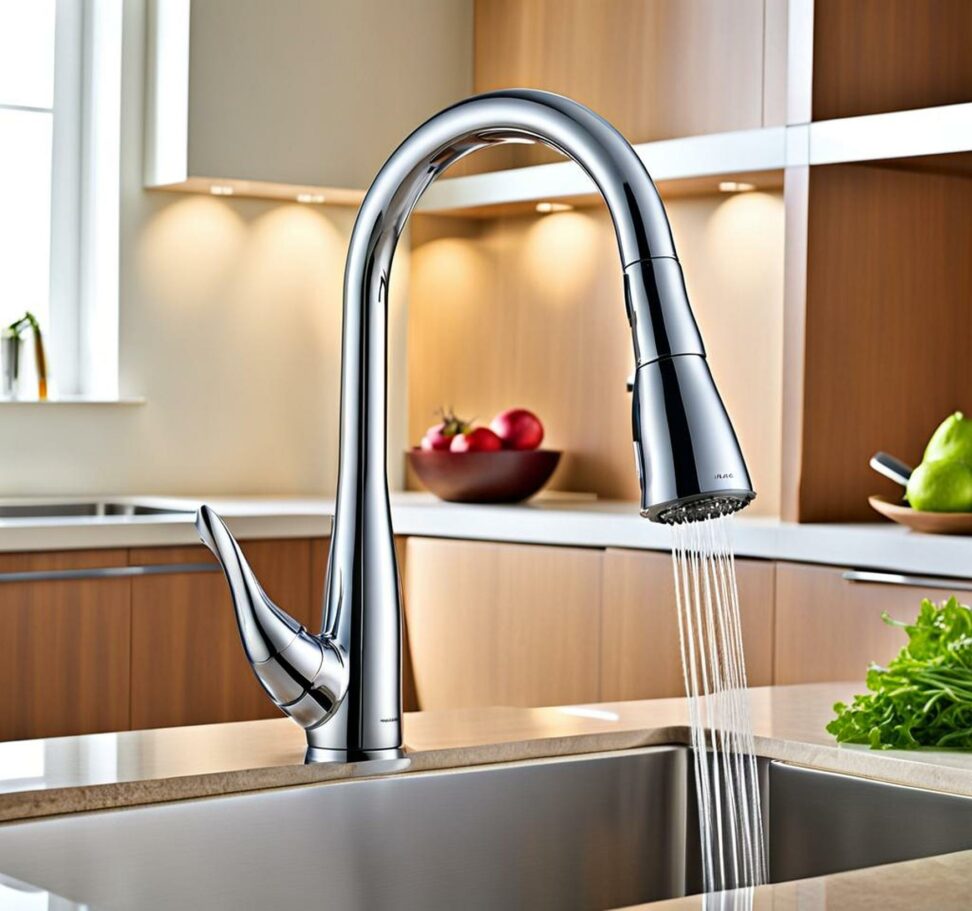Kitchen Faucet Stopped Working Completely? Here's Why and How to Fix It
It's a familiar feeling - reaching to turn on your kitchen faucet and noticing only a few drips or just no water coming out at all. A kitchen faucet that suddenly stops working can quickly disrupt your daily cooking and cleaning routines. But don't panic just yet. While a non-working faucet is frustrating, the issue is usually caused by a minor problem that you can often DIY fix yourself.
We'll provide tips on how to troubleshoot and repair the issue based on the symptoms you're experiencing. With a little DIY plumbing know-how, you can often get your kitchen faucet functioning again in no time.
Symptoms of Kitchen Faucet Failure
Before you can fix the problem, you need to properly diagnose it. Here are some of the most common symptoms that indicate an issue with your kitchen faucet:
- No water flow at all - The faucet doesn't dispense any water when turned on.
- Low water pressure/flow - Water comes out, but at a weaker stream than normal.
- Dripping faucet - Water drips out constantly, even when in the "off" position.
Pay attention to the specific symptoms you're experiencing, as that will provide clues as to the root cause.

Main Causes of Kitchen Faucets Suddenly Stopping
Damaged or Dislodged Faucet Washers
One of the most common reasons a kitchen faucet will suddenly stop delivering water is due to an issue with the faucet's washers. Washers are small plastic or rubber components inside the faucet that control water flow. Over time, these washers can become damaged from the wear and tear of turning the faucet on and off.
Signs that the issue is with your faucet washers include water dripping from the spout, even when in the "off" position, and a generally weak water flow. Replacing the old washers is an easy DIY fix in most cases:
- Turn off water supply lines under the sink.
- Pry off the decorative faucet handle caps with a small flathead screwdriver.
- Unscrew the screw holding the faucet handle in place and remove the handle.
- Extract the worn washers and replace with new ones of the same size.
- Reassemble the faucet.
Damaged or Dislodged O-Rings
O-rings serve a similar purpose to washers inside certain types of faucets. They are rubber gaskets that seal joints between water components and control water flow. If an O-ring becomes cracked or pops out of place, it can interrupt normal faucet function.
Symptoms of an O-ring issue include low water pressure and drips. To replace a damaged O-ring:
- Shut off water lines and remove the faucet handle.
- Locate the O-ring on the cartridge or valve stem and note its position.
- Extract the damaged O-ring and replace it with an exact match.
- Reinstall the faucet handle and turn water back on.
Frozen Pipes
In winter months or periods of extremely cold weather, pipes supplying water to kitchen faucets can freeze. This interrupts normal water flow. Signs of frozen pipes include no water coming out anywhere in the home and sections of pipe feeling cold to the touch.
To safely thaw pipes:
- Locate the frozen section of pipe. This is often along exterior walls or in uninsulated areas.
- Apply gentle heat using a hairdryer or space heater pointed at the frozen section.
- Thawing can take 10-15 minutes. Be patient to prevent pipe bursting.
- Check faucets to confirm normal water flow has resumed once pipes are thawed.
Faulty Water Valve
Most kitchen faucets have shut-off valves located under the sink on the main water supply lines. These valves allow you to stop water flow when needed for repairs. If a valve becomes stuck or damaged, it can reduce or stop water supply to the faucet.
Symptoms of a faulty water valve include low water pressure but no other apparent issues. Fixing an issue valve may involve:
- Replacing valve components like washers or O-rings
- Cleaning out debris clogging the valve
- Replacing the entire valve if extensively corroded
Water Leaks
Leaks along the water supply lines leading to and from the faucet can reduce water pressure. This happens because water escapes through the leaks rather than flowing properly through the faucet. Inspect the supply lines for any visible leaks, damage, or corrosion, particularly in joints connecting pipes.
To fix a leaking pipe:
- Turn off main water supply to stop the leak
- Drain pipes by opening faucets to release remaining water
- Cut out the damaged section of pipe causing the leak
- Install a coupling and new pipe to replace leaking portion
When to Call a Professional Plumber
While many basic faucet and minor pipe issues can be DIY repaired, there are times to enlist professional help:
- For extensive pipe leaks or buried pipe damage
- If valves require full replacement
- When faucet troubleshooting and DIY repairs don't solve the issue
- For major kitchen or bathroom remodels involving new faucet installations
Licensed plumbers like ABC Plumbing have the expertise to fully diagnose complex faucet problems and make repairs you can rely on. Their services can quickly get stubborn faucet issues resolved.
A suddenly non-working kitchen faucet can certainly disrupt your regular meal prep and cleanup routines. But in many cases, the problem is caused by a minor issue like a damaged faucet component or frozen pipe that you may be able to repair yourself.
By methodically troubleshooting based on your faucet's symptoms, you can often get water flowing again with just a little DIY elbow grease. Focus your repair efforts on the most likely culprits like worn washers and O-rings, stuck valves, and frozen or leaking pipes. And when in doubt, don't hesitate to call in a professional plumber to get your kitchen faucet working again.